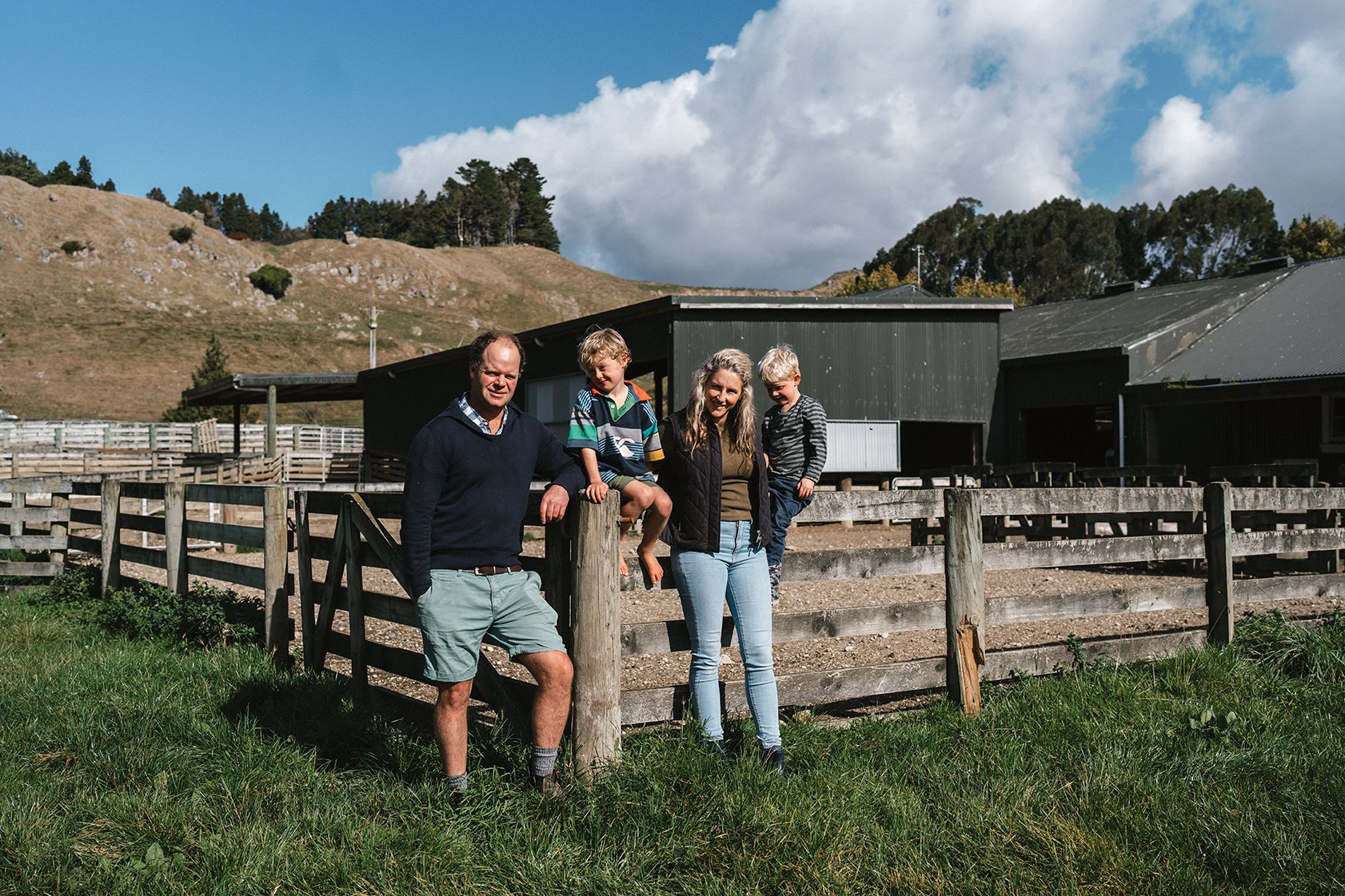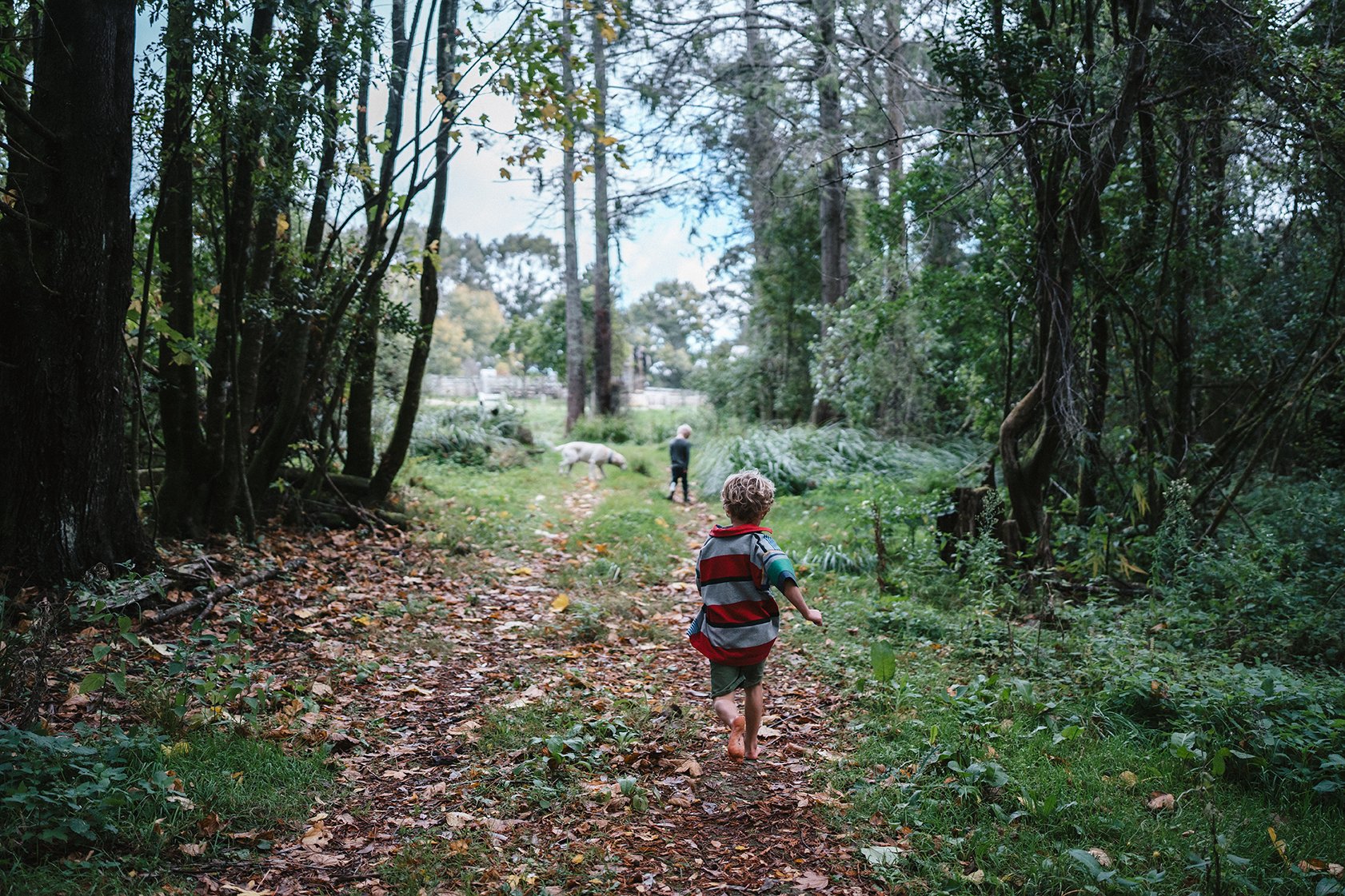Welcome to Our Story…
Te Aratipi Station, Hawke’s Bay, NZ
Welcome to Te Aratipi Station, a fourth-generation farm in Hawke's Bay, owned by the Palmer family since 1915. Spanning 3,000 acres, the farm is home to Angus cattle and Romney sheep, blending traditional methods with mindful practices that support the land and future generations.
Named after its 600-meter-high point of cultural significance to the Ngati Kahungunu tribe, Te Aratipi is nestled in rolling and steep terrain and offers a serene retreat just 30 minutes from Hawke’s Bay’s food and wine hub and a stone’s throw away from Waimarama Beach. Discover our rich indigenous and settler history, and enjoy panoramic views stretching to the Mahia Peninsula, Ruahines, Kawekas, and the Manawatu Gorge.
Hosts Ed and Ro Palmer, along with their children Selby and Harry, invite you to experience the farm’s authentic New Zealand charm. With Ed’s passion for farming and Ro’s expertise in events and hospitality, we promise a memorable and relaxed farm adventure.
Whether you’re a local or a visitor, Te Aratipi is a must-see for a genuine taste of farm life.

A brief history…
The Palmer Family Legacy
Joseph and Emily Palmer, originally from Adelaide, South Australia, moved to Christchurch in 1853. Joseph, who had come from London to run the Union Bank, and Emily had 13 children, including Selby Miles Palmer, born in 1880.
In 1903, Selby purchased a farm in Tiniroto, near Wairoa, but found it challenging. By August 1915, he purchased and moved to Te Aratipi Station, 25km southeast of Havelock North, with assistance from his father-in-law, Charles Wells. Te Aratipi had once been a part of the vast 30,000-acre Waimarama Station.
Selby acquired Te Aratipi for £32,000, investing an additional £8,000 in stock. He cleared native bush, milled it on-site, and undertook extensive fencing and re-grassing. The high rainfall and limestone soil made it ideal for beef and sheep farming.
In 1936, Selby started a stud for Angus cattle and Romney sheep. After World War II, his son John continued the legacy, winning numerous awards for his stock and expanding the farm to 3,000 acres by acquiring a neighbouring block, Mangatawa.
Selby, John’s son, returned from overseas travels in 1977 with his English wife Felicity and farmed the station until their son Edward took over in 2009, implementing significant upgrades and improvements, including new fertiliser programmes and the introduction of new livestock.
Ro joined Ed in 2013, and together they have made some enhancements to the farm. They built the off-grid Te Aratipi cabins during the COVID lockdown, using a blend of new and salvaged materials, and added a golf course along with private walks, soaks, and tours. Ongoing projects include extensive fencing, waterway restoration, and the covenants of native bush areas.
A brief history of waimarama…
Te Aratipi Station has a deep historical significance, marked by at least two notable Maori battles. By the mid-1840s, when missionary William Colenso arrived, the pa sites in the Waimarama area were abandoned, with only 80 to 100 Maori survivors remaining.
Waimarama has been inhabited since the earliest Maori settlements in Hawke’s Bay. In the 12th century, Toi arrived, and his descendant Rangitane defeated the original inhabitants. Later, during the Third Settlement, the Takitimu waka (canoe) arrived, depositing notable figures including Taewha, a tohunga (priest) of makutu (sorcery), who established a school called Maungawharau. One of his students, Mahu, famously turned his niece Kurapatiu to stone during a test of his powers.
Around 1550, Te Aomatarahi invaded from the north, defeating the Rangitane at their fortified pa, Matanginui and Rangitoto. Despite their defenses, the Rangitane were ultimately overrun, and the victors, Ngati Kahungunu, settled in the area. By the late 1700s, around a thousand people inhabited various villages along the greater Waimarama area.
In the post-European period, Waikato Maori attacked Hawke’s Bay with superior weaponry, leading many Kahungunu to flee to Mahia. However, the Waimarama people mounted a successful rear-guard action back to Te Aratipi.
Captain Cook's Endeavour first reached Hawke Bay in 1769, trading with Maori without landing. The area later saw whalers, graziers, and land speculators, notably Frederic Meinertzhagen and Walter Campbell, who leased Maori land at Waimarama in 1866 for sheep farming. Unlike much of Hawke’s Bay, Waimarama remained in Maori ownership until the early 20th century.
Today, Waimarama is known for its agricultural land, residential homes, and vacation properties, boasting a stunning beach popular for activities like fishing. It features a general store, boat ramp, and accommodations, drawing residents and visitors alike. The beach is rich in local seafood, including pipi, flounder, crayfish, and paua.
Explore the area's rich history and cultural significance, from early Maori settlements to contemporary attractions. For more details, consider driving the Heritage Trail Waimarama.

Our mission statement…
Our mission at Te Aratipi is to cultivate a farm that thrives in harmony with nature. Through thoughtful and responsible practices, we are dedicated to nurturing our land, caring for our livestock, and preserving the natural beauty of Hawke’s Bay. We aim to create a legacy of stewardship, ensuring that Te Aratipi remains a vibrant and resilient farm for generations to come.



